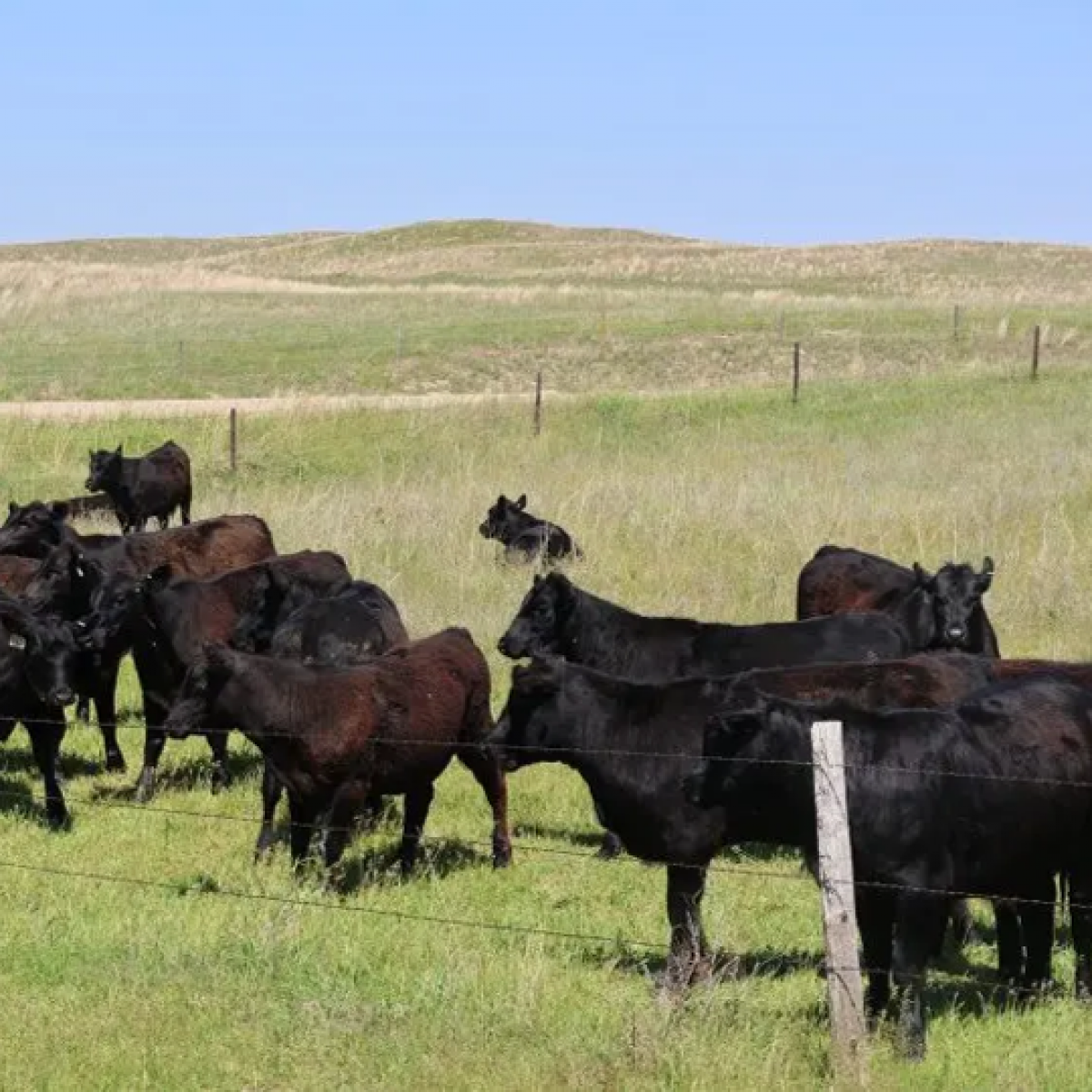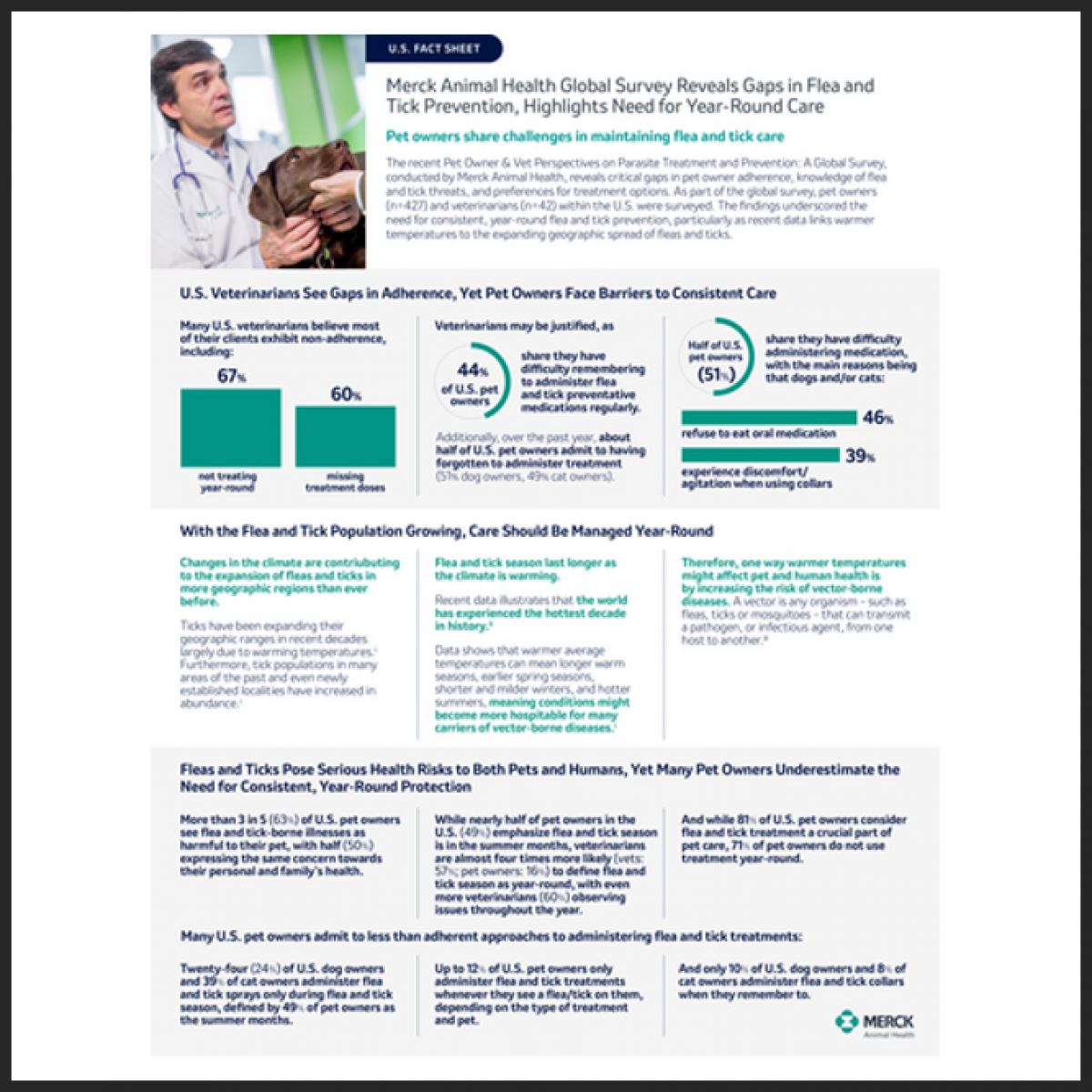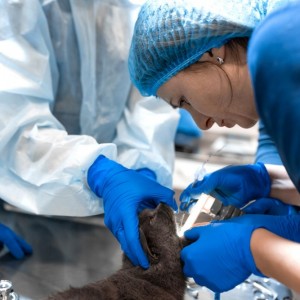Prevention and Management of Surgical Pain in Cattle
Management of pain continues to be an important consideration in livestock on which surgical procedures are performed. In these animals, a balance must be achieved between the need to mitigate discomfort and the economic constraints of the production enterprise. Moral and ethical dilemmas have increased among consumers and these concerns have stimulated interest to reexamine the methods used to achieve the shared goals of humane production of safe, affordable animal products for human consumption.
Administration of drugs to mitigate pain is variable among veterinarians. In a survey of Canadian veterinarians’ practices regarding the use of analgesics in livestock, piglets received analgesics for castration in less than 0.001% of procedures compared with 6.9% for beef calves and 18.7% of dairy calves less than 6 months old.
In another survey, the surgical procedure least likely to be done after administration of analgesia was castration of calves less than 6 months old (<34%); the procedure most likely to be done after administration of analgesia was cesarean section (C-section; >99%). In that study, the drugs most commonly used for mitigation of pain associated with surgery were nonsteroidal antiinflammatory drugs (NSAIDs; eg, flunixin meglumine), local anesthetics (eg, lidocaine HCl), and α-2 agonists (eg, xylazine HCl). Similar results were reported for opinions of veterinarians in New Zealand who considered surgery for claw amputation, C-section, and displacement of the abomasum to be the most painful procedures.
In that study, both gender and age bias regarding pain in cattle was revealed, with female respondents and recent graduates assigning higher pain scores to various procedures compared with older and male respondents. These results were similar to those of a previous survey of veterinarians in the United Kingdom.6 Pain management for performance of on-farm surgical procedures needs more education and research to define optimal guidelines for veterinarians and producers.
Authors: David E. Anderson, Misty A. Edmondson
Source: https://www.vetfood.theclinics.com/














List
Add
Please enter a comment